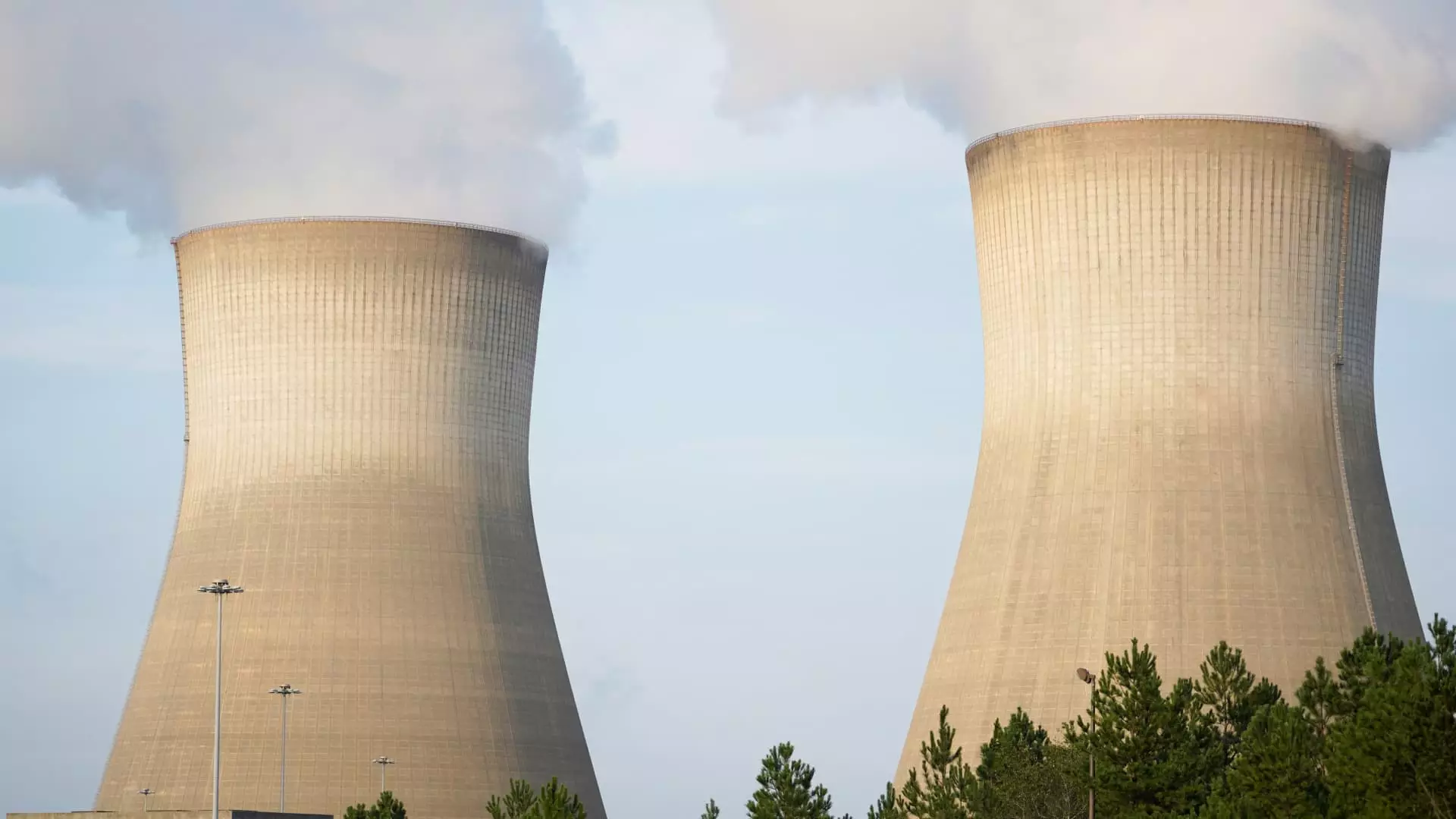With President Trump’s recent executive orders aimed at revitalizing the nuclear power industry, we have witnessed a dramatic rise in nuclear energy stocks. Companies like Oklo and NuScale saw remarkable increases of over 27% and 18% respectively, with established entities like Constellation Energy and uranium giant Cameco Corp. also experiencing notable stock boosts. While this influx of capital into the nuclear sector may appear like a beacon of progress, it warrants a closer examination of the implications it carries for the environment, public safety, and the economy.
Poorly Considered Decisions and Their Consequences
Trump’s push for small modular reactors (SMRs) and rapid regulatory changes—like the mandate requiring the Nuclear Regulatory Commission (NRC) to decide on nuclear license applications within 18 months—offers a tantalizing glimpse into a future powered by what some perceive as cleaner energy. However, this aggressive approach raises alarm bells. Hastily crafted regulations in such a complex and potentially hazardous industry can pose grave risks. The urgency associated with these decisions can lead to oversights, undermining the meticulous processes that ensure nuclear safety and efficacy.
Furthermore, Trump’s insistence on also exploring larger nuclear plants adds another layer of complexity. While ostensibly positioning the U.S. as a leader in nuclear innovation, this push may conflict with a market that has increasingly pivoted toward renewable energy solutions. The dichotomy between large-scale nuclear projects and the pursuit of cleaner energy sources like wind and solar presents a convoluted narrative for the future.
Nuclear Power: Is It Truly the Future?
The notion that advanced reactors, particularly SMRs, herald a new era in clean energy is a romanticized concept. Yet, reality paints a different picture. Beyond the flashy stock market reactions, fundamental issues remain unresolved in nuclear energy, such as radioactive waste management, public apprehension, and the high costs associated with building and maintaining nuclear power plants. Even as Trump’s orders aim to stimulate uranium mining and enrichment capacity, it raises significant questions about sustainability and ecological conservation.
Moreover, the focus on rapid deployment of new technologies potentially overshadows other, less hazardous alternatives. Renewable energy has repeatedly proven itself as a more sustainable solution with far fewer risks attached. Encouraging the rapid expansion of nuclear energy under the guise of ‘cleaner options’ does a disservice to genuine advancements in solar, wind, and geothermal technologies.
The Bigger Picture: Domestic and Global Implications
In a broader context, Trump’s nuclear initiative raises issues beyond economic and environmental considerations. If the U.S. recommits to a substantial nuclear program while global momentum shifts toward renewable energy, it risks further isolating the country on the world stage. Countries like Germany have successfully transitioned away from nuclear energy, prioritizing sustainability over the unsafe reliance on nuclear power.
While the potential for job creation and energy independence is a tempting argument for nuclear revival, the cost to public trust, ecological balance, and sustainability efforts is far too high. The current trajectory seems less of a calculated move towards energy innovation and more a reckless gamble with our collective future. If we are to genuinely address climate change and foster sustainable development, then embracing nuclear energy without thorough scrutiny is nothing short of a catastrophic misstep.

Leave a Reply